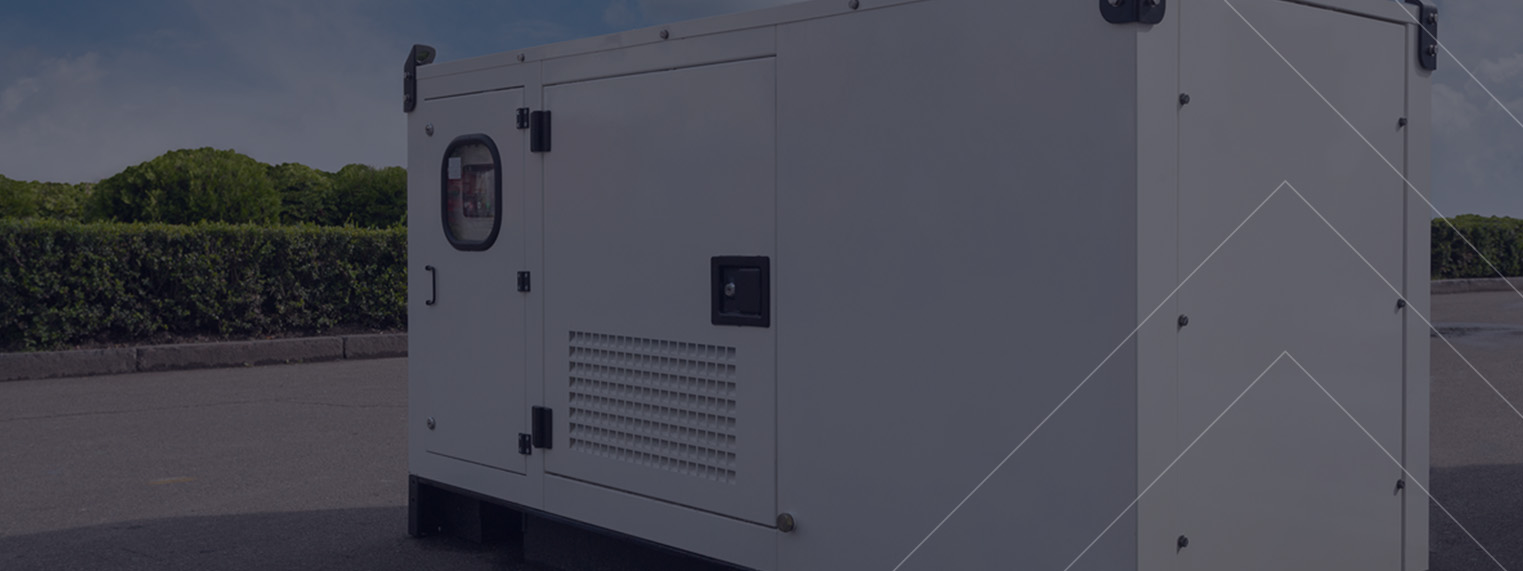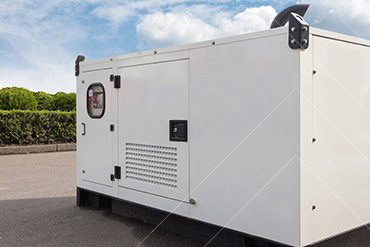
Generator Sales Market to Experience Strong Headwind in 2030
There is a notable divergence in profit pathways in the generator sales industry due to the constantly shifting energy landscape of today. The need for generators is growing as long as industry can continue to prioritize a steady supply of electricity. But there are difficulties in the market. The market for generator sales is changing as a result of the shift to renewable energy sources and the growing use of these technologies.
This post will examine the market prospects for generator sales as well as the many revenue streams that are currently developing. From conventional diesel generators to hybrid choices and cutting-edge technologies, we'll explore the market's primary drivers and the tactics companies can use to adjust and prosper.
In order to stay relevant, businesses must keep up with the newest technical developments and stay ahead of the competition as customer expectations change and the competition intensifies. Come along with us as we negotiate the ever-evolving generator sales market and uncover the opportunities for expansion and success inside this quickly evolving sector.
Generator Sales Market Insights by year 2023 to 2030
The global generator sales market is expected to grow at a compound annual growth rate (CAGR) of 5.9% from an anticipated USD 23.1 billion in 2023 to USD 34.5 billion by 2030. Browse 349 pages Market study that covers aspects by Fuel Type (Diesel, Gas, LPG, Biofuels), Power Rating (Up to 50 kW, 51-280 kW, 281-500 kW, 501-2000 kW, 2001-3500 kW, Above 3500 kW), Application, End-User Industry, Design, Sales Channel, Region - Global Forecast to 2030.
Generator Sales Market segmentation based on the fuel type into diesel, gas, LPG, biofuel, coal gas, producer gas, gasoline. During the projected timeframe, the Diesel segment is anticipated to dominate the generator sales market, serving as the primary contributor. This dominance can be attributed to the escalating urbanization and industrialization in emerging economies.
Download PDF Brochure @ https://www.marketsandmarkets.com/Market-Reports/generator-sales-market-47544335.html
Generator Sales Market – Restraints, Output and Growth
The market for generator sales was confronted with a number of obstacles, such as supply chain interruptions, rising raw material costs, and regulatory barriers. The market's potential for growth was limited by these constraints. Notwithstanding these obstacles, the industry proved resilient because of the rising need for dependable power sources in the industrial and residential sectors. For backup power solutions, generator output remained crucial, especially in areas where power outages are common.
Demand for generators remained consistent as long as industry prioritized continuous operations. The growing use of renewable energy sources has opened up new growth prospects for the market and prompted the creation of hybrid power systems.
On the basis of end- user industry, the generator sales market has been segmented as follows:
Industrial: Utilities/Power Generation, Oil & Gas, Chemicals & Petrochemicals, Mining & Metals, Manufacturing, Marine, Construction, Others (Agriculture, Transportation, and Aerospace & Defense)
Commercial: IT & Telecom, Healthcare, Data Centers.
Others: (Hotels, Shopping Complexes, Malls, and Public Infrastructure)
Residential:
The generator market is divided into the following segments based on power rating:
The generator sales market, by power rating, has been broadly classified into 50 kW, 51–280 kW, 281–500 kW, 501–2,000 kW, 2,001–3,500 kW, and above 3,500 kW. The up to 50 kW is the second fastest growing segment. Generators within this power range typically operate at a consistent engine speed, typically between 1,500 and 3,600 rpm. In particular, generators with power ratings ranging from 5 to 50 kW are commonly employed for personal and residential purposes. Additionally, generators below 50 kW power rating find utility in delivering power backup solutions for small-scale commercial activities, including telecom, retail, and various other sectors.
Generator Sals Companies in North America
North America is expected to be the second largest Generator Sales Industry during the forecast period. Extensive LNG projects and growing investments in manufacturing and chemicals & petrochemicals industries are the primary drivers of the market in this region. Due to its large-scale industrial sector and the world’s highest per capita energy consumption, the region has tremendous energy requirements. This is creating demand for the generators in the market.
- Cummins Inc. (United States): A multinational corporation that designs, manufactures, and distributes engines, including those used in generators.
- Caterpillar Inc. (United States): Known for construction and mining equipment, Caterpillar also produces power generation solutions, including generators.
- Generac Power Systems (United States): A leading manufacturer of backup power generation products for residential, commercial, and industrial markets.
Generator Sals Companies in APAC
- Honda Power Equipment (Japan): A division of Honda Motor Co., Ltd., known for producing a range of power equipment, including generators.
- Kohler Co. (United States, with a presence in APAC): A global leader in the manufacturing of power generation solutions, including generators.
- Mitsubishi Heavy Industries, Ltd. (Japan): Involved in various industries, including power systems and generators.
80% of the Forbes Global 2000 B2B companies rely on MarketsandMarkets to identify growth opportunities in emerging technologies and use cases that will have a positive revenue impact.
- Leading Automated Guided Vehicle Companies 2024: An In-depth Analysis
- CHARGED UP: SHIFT TO E-MOBILITY AND THE EVOLUTION OF TRANSPORTATION
- Global Automotive Market: Predictions For 2024
- Revolutionizing Depot Charging: Hockey Stick Growth on the Cards
- The Mega Trends That Will Shape Our Future World
Generator Sales Market Segments by End User
The generator market has been divided into three segments based on the end-user industry: commercial, residential, and industrial. Data centers, healthcare, IT & telecom, and other industries are examples of commercial end users. Public infrastructure, shopping centers, hotels, and malls are examples of additional commercial end users. Blackouts in business spaces can result in significant financial losses as well as security risks. Additionally, using power grids to run IT and other commercial end users' operations smoothly at peak hours and in remote places presents a challenge. By keeping things running efficiently and preventing losses, generators inadvertently safeguard company interests and earnings. The market for the commercial segment is being driven by these features.

Factors Influencing the Generator Sales Market
Numerous elements are impacting the generator sales market, hence determining the profit margins for companies operating within the sector. The growing emphasis on sustainability and renewable energy sources is one of the important considerations. Demand for generators that run on cleaner fuels, like natural gas or propane, is rising as governments and organizations place a higher priority on lowering carbon emissions.
Furthermore, technological developments are pushing the industry for greener and more effective solutions. Hybrid generators are becoming more and more popular. They combine conventional combustion engines with energy sources such as batteries or renewable energy sources. By reducing their carbon footprint and offering dependable backup power, these generators combine the finest features of both worlds.

